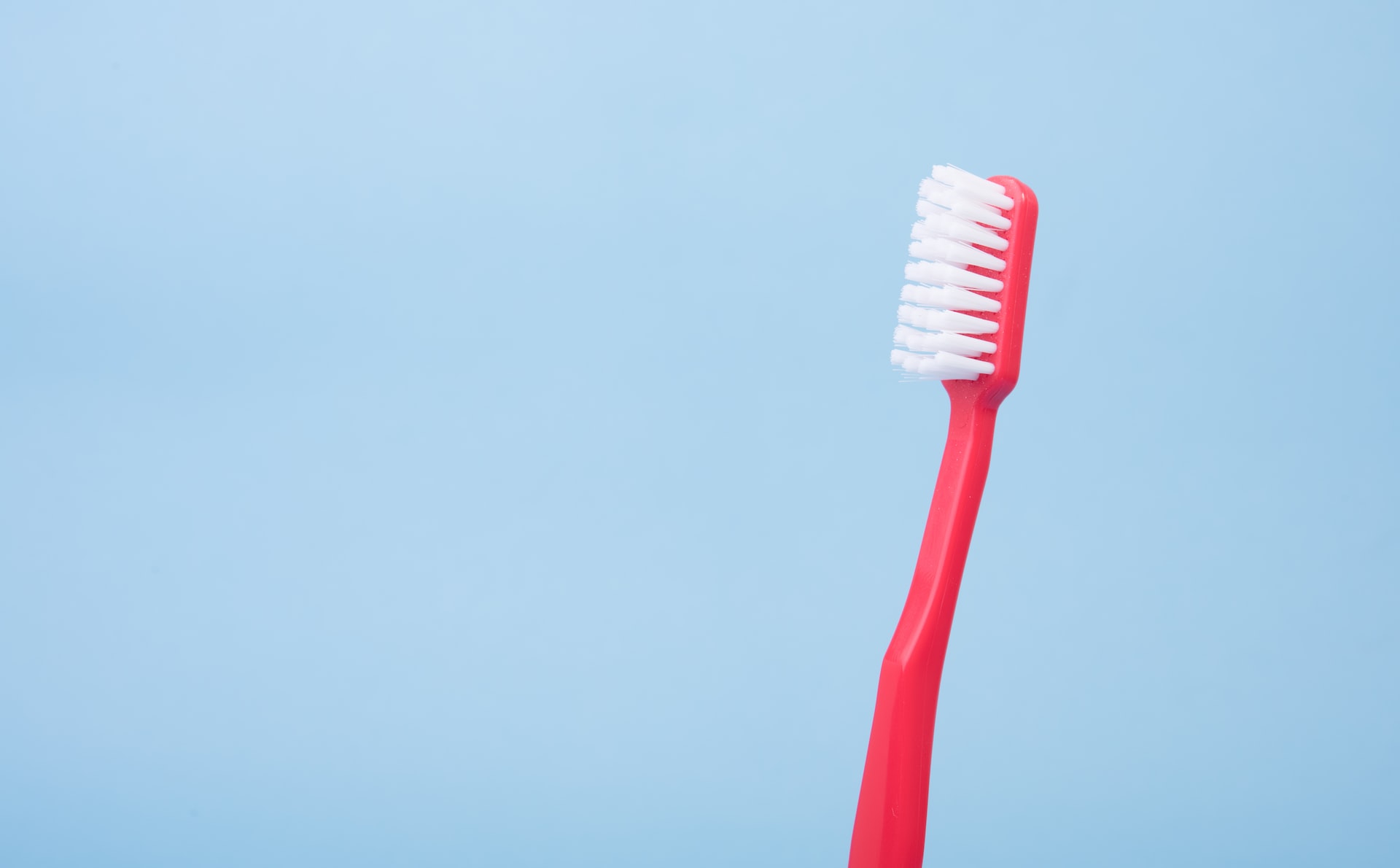
08 Mar When to Replace Your Toothbrush
You replace batteries, filters, and all kinds of items around your home all the time. But do you know how often you need to replace your toothbrush? Using your toothbrush beyond its lifespan can put your mouth at risk of cavities and gum disease, so it’s essential that you keep track of how long you’ve been using it.
Why Do You Need to Replace Your Toothbrush?
Toothbrushes are instrumental in maintaining good oral hygiene, but they do lose their effectiveness over time. The bristles can become bent and frayed, and eventually refuse to bounce back into shape, making it difficult to thoroughly clean your teeth. Damaged bristles can even irritate your gums or scrape your tooth enamel.
Bacteria can also build up on your toothbrush—especially if you fail to keep it clean—which increases your risk of the infections that cause tooth decay and gingivitis.
How Often Should You Replace Toothbrushes?
Toothbrushes typically last around three or four months. However, you may need to replace your toothbrush sooner if you notice that the bristles have become worn out.
Brushing your teeth too hard can also wear out your toothbrush, as well as your tooth enamel. And some electric toothbrush heads wear out more quickly than manual toothbrushes, so they will need to be replaced more often.
An effective way to remember when to replace your toothbrush is to set a reminder on your phone or mark it on your calendar. And when you buy a new toothbrush, it’s a good idea to select a multipack so you have a backup handy when it’s time to replace it.
What Kind of Toothbrush Is Right for You?
The best kind of toothbrush for adults is one with soft bristles, a small head, and an easy-to-hold handle. Older adults who have trouble gripping objects may need a non-slip or large-handled toothbrush. The most important thing is to find a brush that fits comfortably in your grip.
When it comes to choosing a manual or electric toothbrush, both types are very effective at removing plaque and bacteria, though electric toothbrushes are slightly more powerful. An electric toothbrush is also easier to handle, because it automatically makes the necessary circular and back-and-forth motions for effectively cleaning your teeth.
How to Take Care of Your Toothbrush
Taking good care of your toothbrush will ensure that it lasts the full three or four months it should. It also helps keep you healthy, as bacteria and mold can quickly grow on improperly stored toothbrushes.
Follow these care tips to get the most out of your toothbrush:
- Rinse your toothbrush thoroughly after every use
- Store it in an upright position to air dry
- Avoid storing it in a closed container, which allows mold and bacteria to grow (especially if stored when wet)
- Never use anything other than hot water to clean the toothbrush
- Never store your toothbrush with the head touching another toothbrush—bacteria can transfer from one to the other
- Avoid brushing too hard (you only need to use gentle pressure)
Dental Appointments in Sun Lakes, Arizona
Maintaining healthy teeth requires good toothbrush care, excellent oral hygiene, and regular trips to the dentist. At Dr. Saba and Associates, we provide gentle, thorough cleanings and a variety of preventative dental services to keep your teeth and gums in the best possible condition. If you’re due for a dental checkup, schedule an appointment by calling 480-895-2111 today.
Images used under creative commons license – commercial use (3/8/2023). Photo by Alex Padurariu on Unsplash



